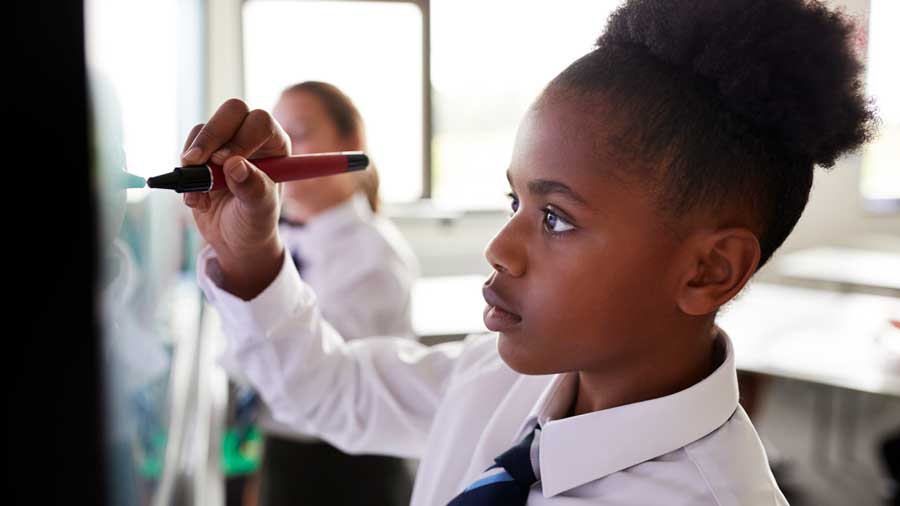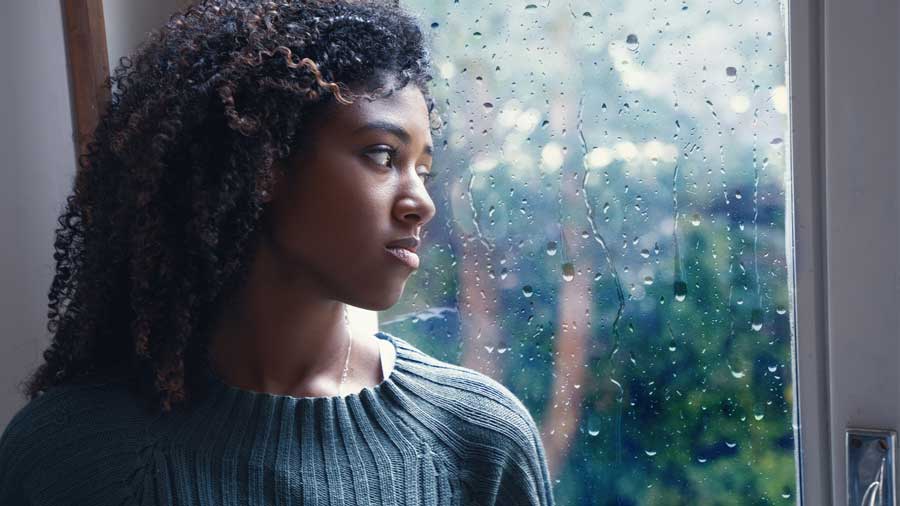Telling ‘herstory’
Celebrating women’s contributions this Women’s History Month
Image: Kathleen Arundell
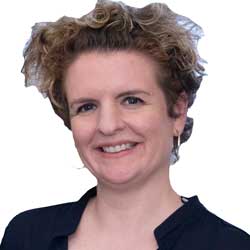
Rachel Crossley
Museum director, East End Women’s Museum
It’s been suggested that there are more statues of animals than there are of women and more of men named John than of any non-mythical, non-royal women. Even on as contemporary a record as Wikipedia, just 18% of biographies are of women.
As well as neglecting a wealth of fascinating lives historically, what might this mean for women and girls today? Currently it’s estimated that it’ll take 136 years to close the global gender gap; worryingly, a figure that has increased in the past two years owing to Covid-19. For us at the East End Women’s Museum, it’s vital to both balance the history books and to challenge contemporary inequality.
“There are so many women’s lives and voices we won’t hear without being proactive about capturing, safeguarding and sharing them. That’s what drives the East End Women’s Museum to do what we do.”
The need for a dedicated women’s museum
We started as a positive protest to a ‘Jack the Ripper Museum’ in 2015: we were sick and tired of women being marginalised and objectified like that. Since then, we’ve been working to shine a spotlight on women’s lives through archive research, interviews, exhibitions and events around East London and online.
We’ve also facilitated many local women and girls to tell their own stories – ensuring they make their mark in history. We tell stories of the extraordinary and the everyday, of campaigners and carers, athletes and artists, pirates and pioneers. For the CT Brief we’ve picked out some remarkable stories of women and housing activism.
Olive Christian Malvery
(1871 – 1941)
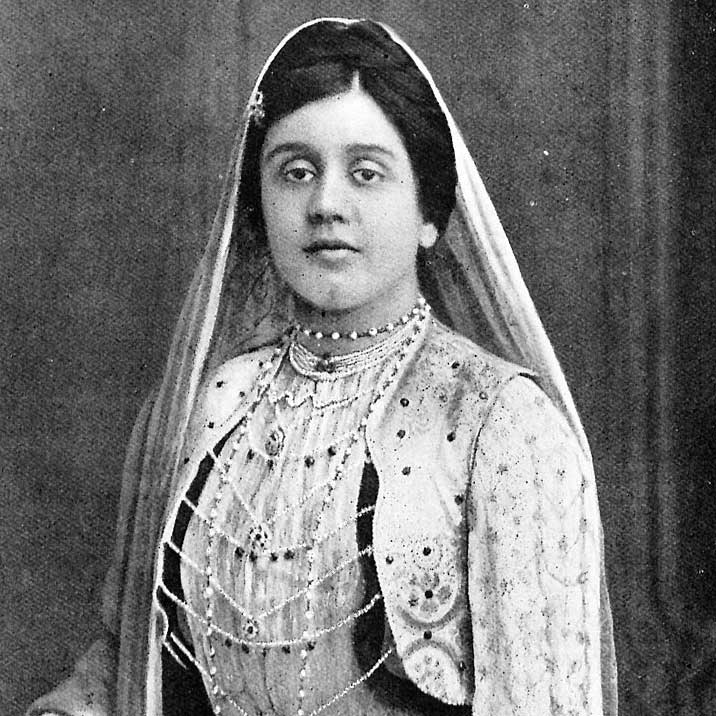
Olive Christian Malvery was an Anglo-Indian undercover journalist and social reformer.
After living disguised as a flower seller, a barmaid, factory girl and homeless woman, Malvery’s reports of her experiences shocked Edwardian society, raising greater awareness of poverty. Some of the profits went to fund two night shelters for homeless women.
Malvery also called for a Minimum Wage Bill in 1907 – 91 years before this came to pass in the UK – recognising this was especially important for women, who were frequently in underpaid and unregulated ‘home working’ jobs such as seamstressing.
Mala Sen
(1947 – 2011)
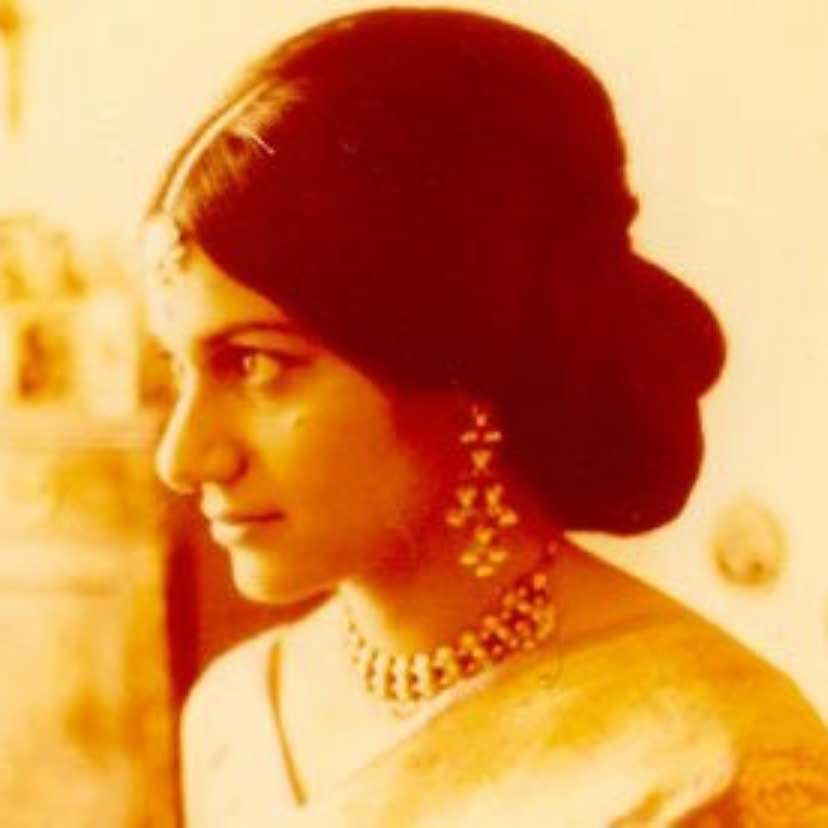
Mala Sen was an Indian woman who moved to London aged 17 and a leading figure among the Bengali community in Spitalfields in the 1970s.
Many Bengalis had to live in overcrowded slum tenements, and in isolated areas, vulnerable to racial attacks. Sen recognised the need for direct action, and in 1976 co-founded the Bengali Housing Action Group, to squat and repair empty buildings (squatting was legal at the time).
One such, Pelham House, just off Brick Lane, became home to some 300 Bengali squatters. This caused housing policy change, and the community were moved to better conditions and in close, safer proximity.
Sen’s actions not only created a hub for the Bangladeshi community in Spitalfields today; squatting also helped save several historic buildings which were in disrepair and threatened with demolition.
Lesbian squats
We’ve also researched stories of other marginalised groups creating space and power through housing-based activism. The lesbian squats in London Fields in the 1970s, were a site of community connection, a place where gay women could live, meet and organise together as a majority group.
Living amicably side-by-side with mixed houses, the community often helped with the maintenance of derelict squats and soon gained a positive reputation for doing up houses. The lesbian squatting community expanded rapidly in the mid-1970s, including Anny Brackx, influential Gay Liberation Front campaigner, member of the Spare Rib feminist collective and CND organiser.
Creating our future
There are so many women’s lives and voices we won’t hear without being proactive about capturing, safeguarding and sharing them. That’s what drives the East End Women’s Museum to do what we do. We’re very excited that we’re currently working towards opening our first brick and mortar museum in Barking in the next year – the only dedicated women’s museum space in England. And we won’t stop until that 0.5% turns into 50% (at the very least!).
Find out more about the East End Women’s Museum at eastendwomensmuseum.org and connect with us on Twitter, Instagram, and Facebook to be the first to hear about our building developments, new exhibitions and events.

